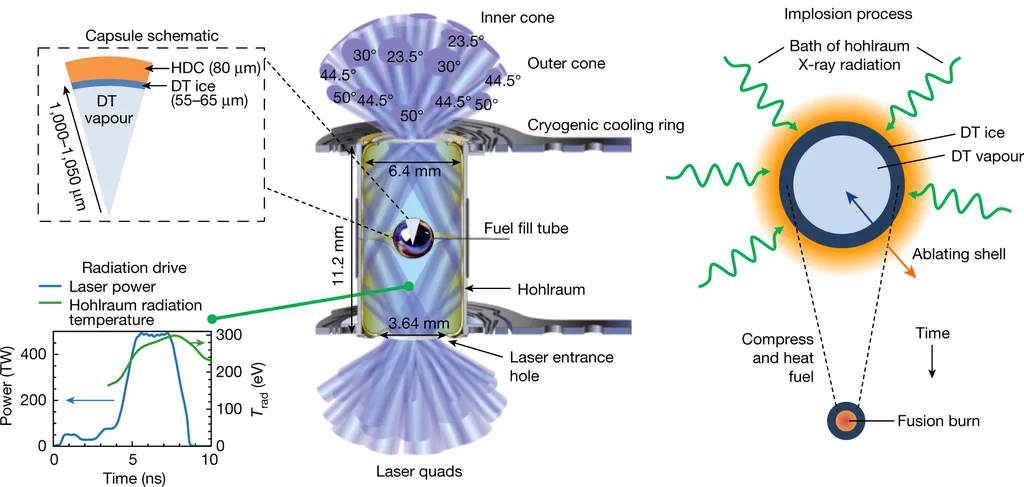In the heart of Germany, researchers at Saarland University have made a breakthrough that could revolutionize how we think about bonding materials in the energy sector. Maria Amélia Martins, leading a team at the Chair of Functional Materials, has been exploring a novel way to control the heat generated by reactive multilayer foils (RMFs). These foils, which produce intense, localized heat through self-propagating exothermic reactions, have long been eyed for advanced bonding applications. But until now, controlling where and when that heat is released has been a significant challenge.
Martins and her team turned to femtosecond laser micromachining, a precise method of etching materials with ultrashort laser pulses. By introducing specific geometrical patterns into commercial Ni/Al RMFs, they were able to manipulate the reaction dynamics in unprecedented ways. “We’ve shown that laser structuring can significantly alter the reaction dynamics,” Martins explains. “By introducing front redirection, splitting, and merging, we can control delays and create localized acceleration zones.”
The team’s experiments, detailed in their recent paper published in *Advanced Materials Today* (translated from the original title in English), revealed that these laser-induced patterns can modulate global reaction times and localized energy release without disrupting the continuous propagation of the reaction front. This level of control could be a game-changer for industries that require precise, localized heating, such as energy and aerospace.
Imagine a scenario where engineers can tailor the heat delivery in real-time, ensuring that sensitive materials aren’t damaged while still achieving a strong bond. This could be particularly impactful in the energy sector, where materials often need to withstand extreme conditions. “Our findings demonstrate that laser structuring is an effective tool for tailoring heat delivery in RMF-based systems,” Martins says. “This has direct relevance to advanced bonding processes and thermally sensitive materials.”
The implications of this research extend beyond immediate applications. By understanding how to control these reactions, scientists can explore new materials and processes that were previously thought impossible. The energy sector, in particular, stands to benefit from more efficient and precise bonding techniques, which could lead to stronger, more durable components in everything from solar panels to nuclear reactors.
As the world continues to push the boundaries of material science, breakthroughs like this one remind us that the key to progress often lies in the ability to control and manipulate the fundamental building blocks of our technologies. With further research and development, the techniques pioneered by Martins and her team could pave the way for a new era of advanced materials and applications.

